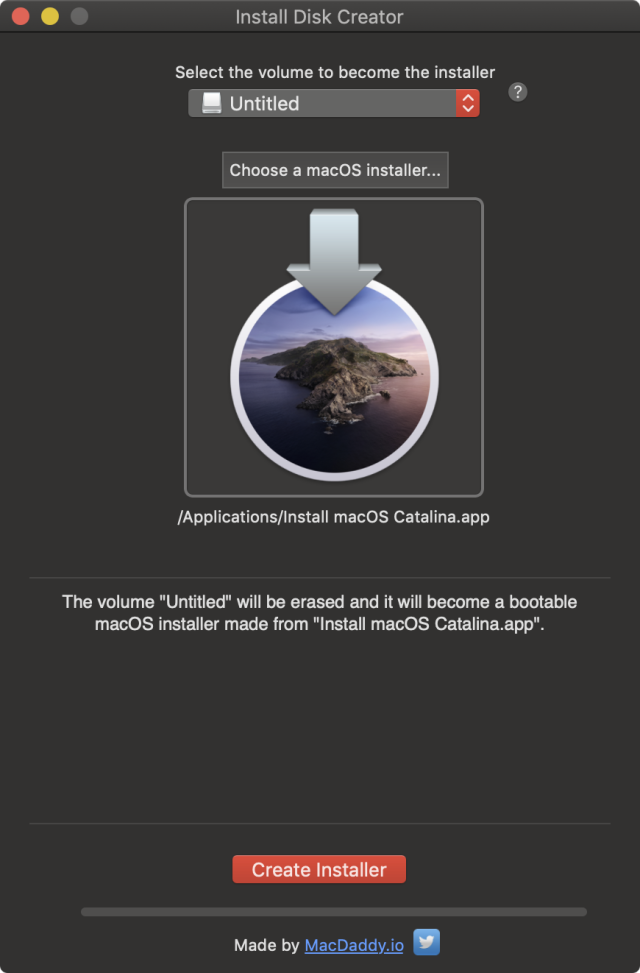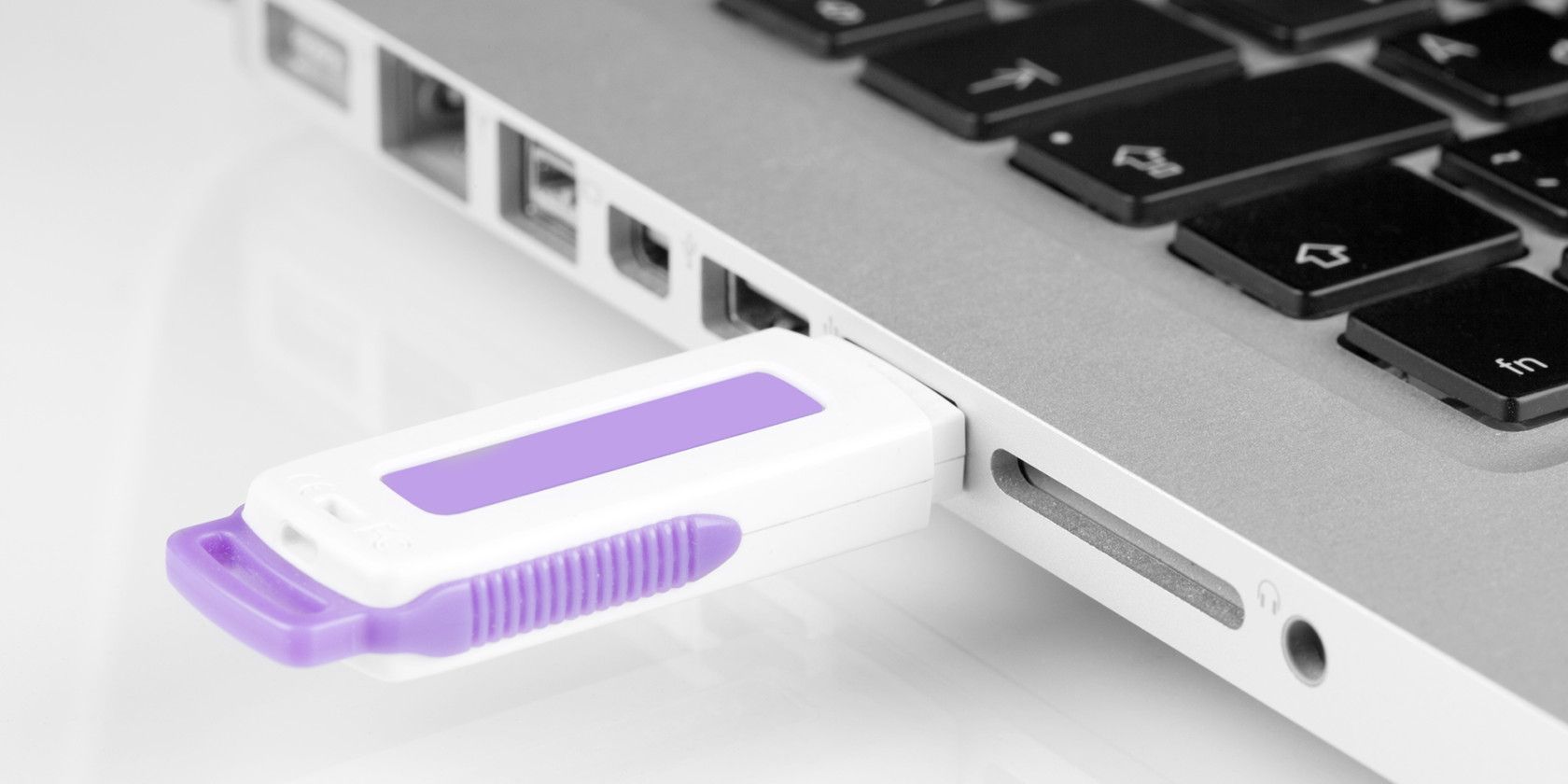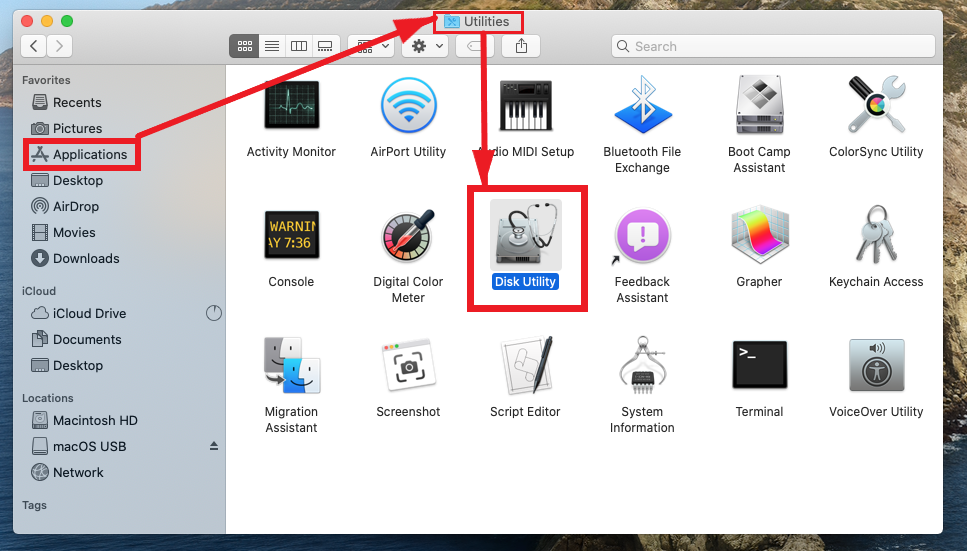
When it is done, the Terminal window will report "Done." Your external hard drive will now be named "Install macOS Big Sur." Safely eject the drive from your Mac. The process could take a very long time, depending on the drive. No text will appear in Terminal when you enter the password. This is the password you use to make changes on your Mac or log in.

How to put macOS Big Sur onto your external drive Your thumb drive or external hard drive is now ready. Click Done when the process is complete.If Scheme is available, select GUID Partition Map.Select Mac OS Extended from the format list.If you have more than one external drive with the same name, you will need to rename the drive you are using as a bootable installer now. Note the name of your external hard drive (probably "Untitled") because you will need it when you create a bootable drive.


Select your thumb drive or external drive under External.Ĭlick on the Erase tab at the top of the window.Scroll down and double-click on Disk Utility. Scroll down and double-click on Utilities.Select Applications from the list on the left side of the window. Click on Finder in your Dock to open a Finder window.Plug the thumb drive or cable for your hard drive into the appropriate port on your Mac.You'll need to start with a clean thumb drive or external hard drive to make it a bootable drive. How to format your external drive for macOS Big Sur


 0 kommentar(er)
0 kommentar(er)
